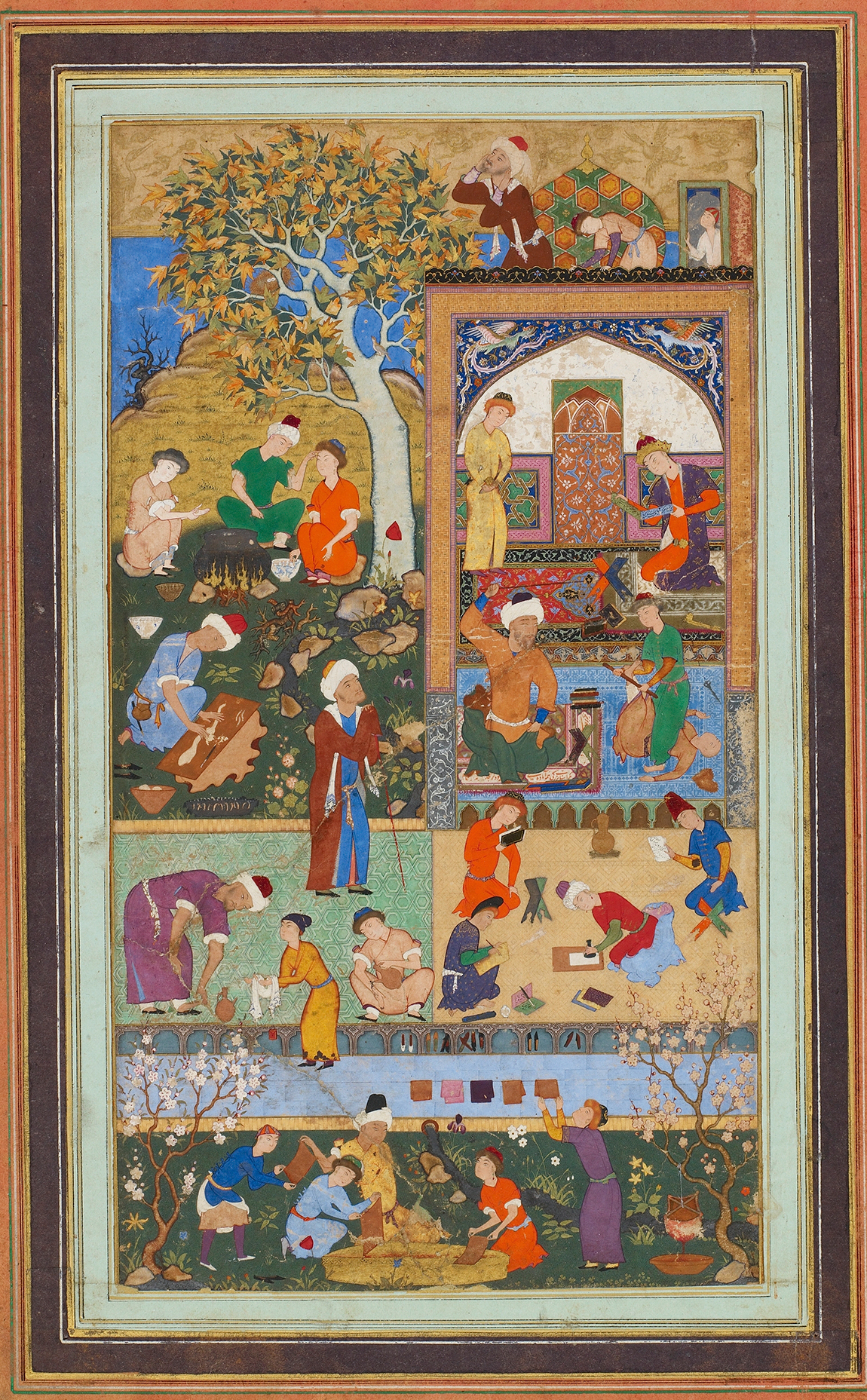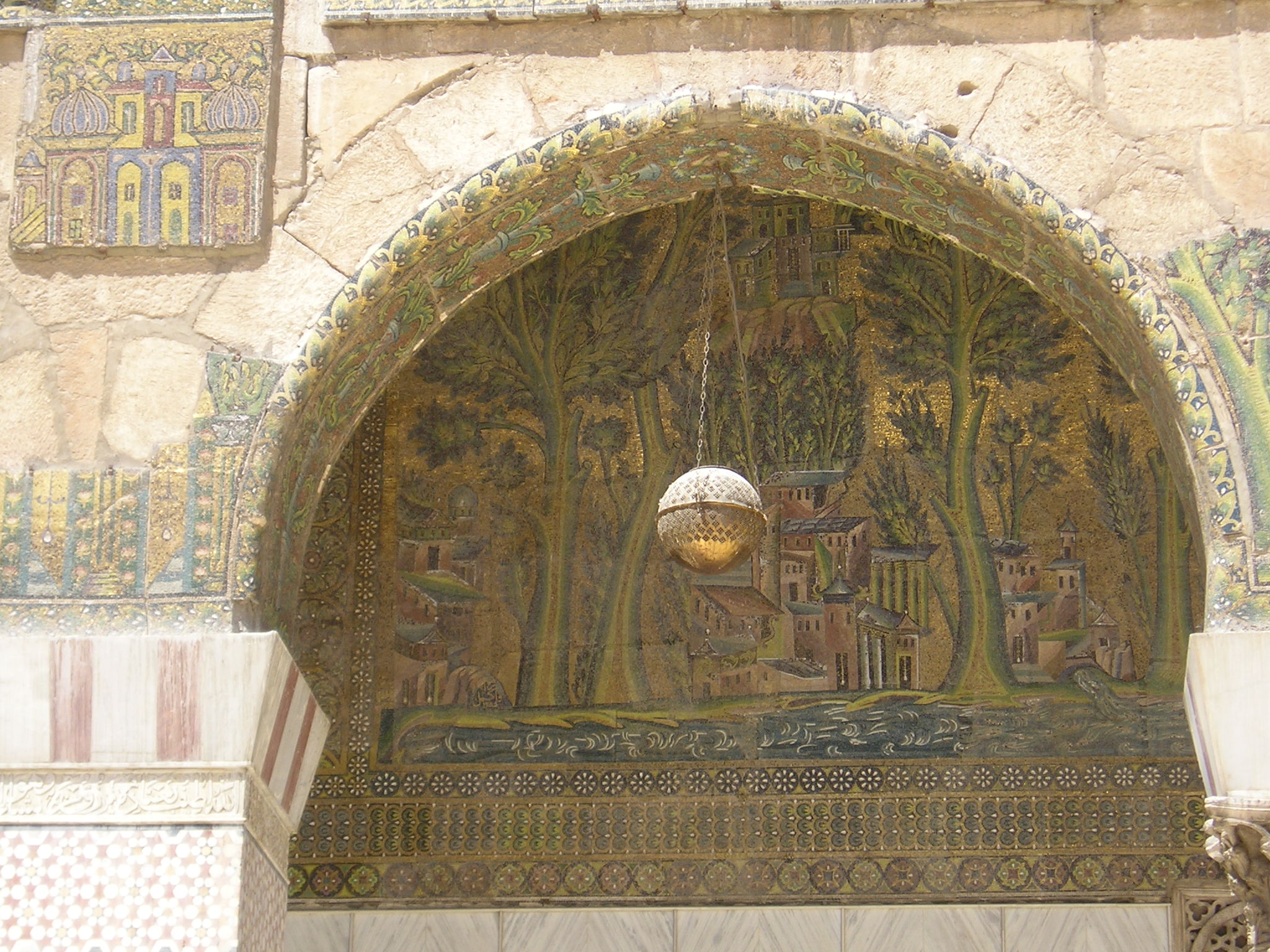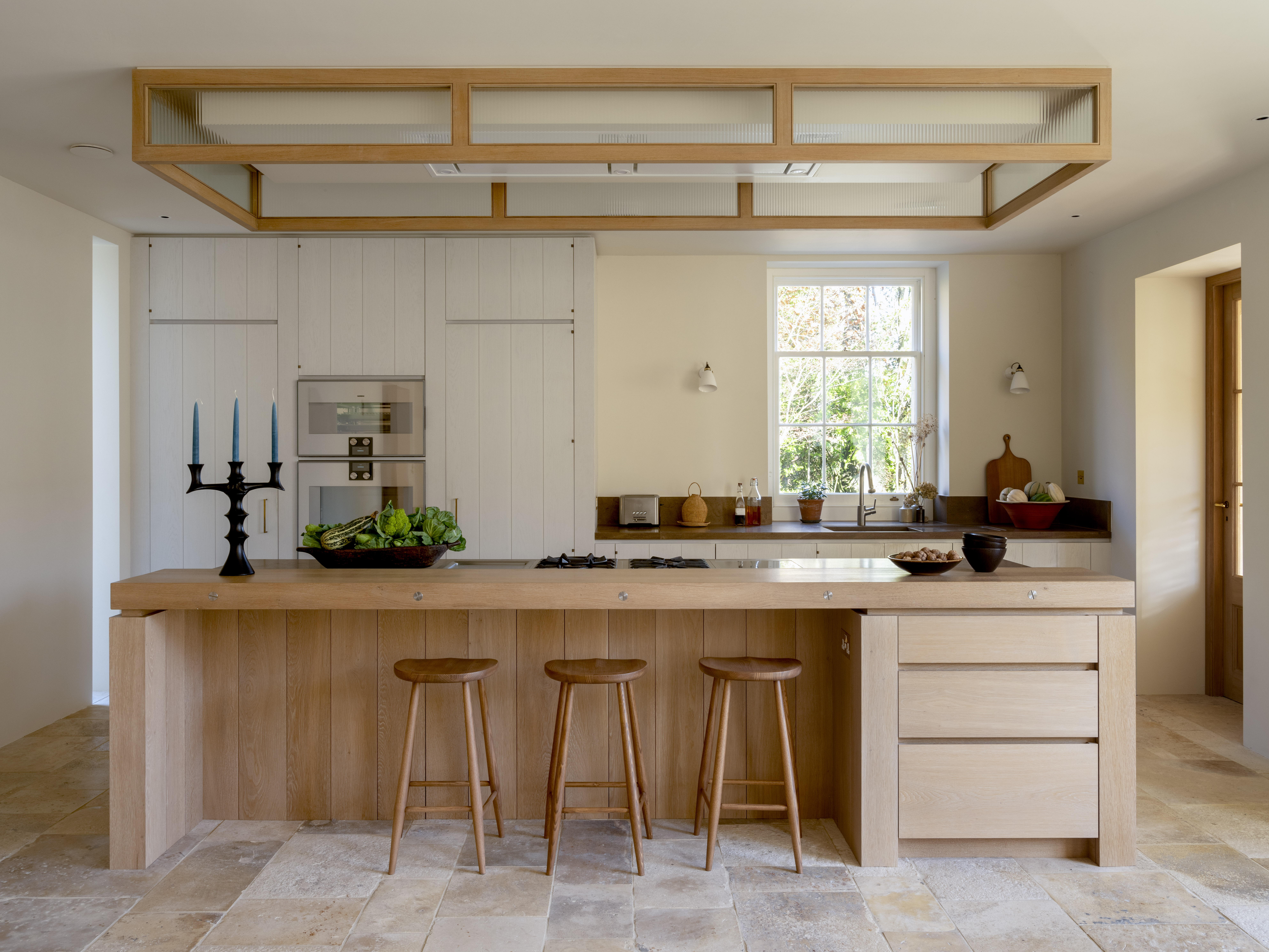My Favourite Painting: Dr Fitzroy Morrissey
The author of 'A Short History of Islamic Thought' chooses a fascinating image from half a millennium ago.


Dr Fitzroy Morrissey on School Scene by Mir Sayyid Ali
'I love how this Persian miniature humanises the pre-modern Muslim world. The setting is a mosque school, but, rather than the austere scene we might expect, the place is a hive of activity. I feel I can relate to these figures, from the student practising his calligraphy to the cooks waiting patiently for the pot to boil.
'There are wonderful details: a row of shoes left untidily outside the school; freshly made paper hung on a washing line to dry; verses of the great Hafez just visible on the rug at the painting’s centre. This is Islamic history brought vividly to life.
Dr Fitzroy Morrissey is an Examination Fellow at All Souls College, University of Oxford, and the author of A Short History of Islamic Thought
Charlotte Mullins comments on School Scene
School Scene by Mir Sayyid Ali teems with detail. There are men making paper and hanging it out to dry in a garden filled with blossom trees. Students copy calligraphy in the ornate schoolhouse, their shoes stashed in alcoves by the entrance. One student may have been caught sleeping on the job, as the schoolmaster has a cane raised to strike him. Three men sit around a large pot on an open fire as another student — barefoot in a blue robe — appears to be rolling out clay. The master pops up on the school roof and again in the garden, inspecting all their work.
Ali was a Persian painter who was recruited by the exiled Mughal emperor Humayun in about 1540, when this was painted. Originally, the full-page painting would have been part of a large, bound manuscript. Persian artists often used stock images for figures — the master beating the student appears in other 16th- century paintings, for example — but they wove them into new narratives.
There is no Western perspective here, no attempt to trick the eye into thinking that this is a window on the real world. Instead, scale and colour are put to work to help tell the story. The master appears larger than those who serve him because he is the most important person in the scene; flat bands of colour are all that are needed to divide School Scene into courtyards, rooms and gardens. The end result is a 500-year-old painting packed full of storytelling, action and intricate details.

Seven astonishing books to read which will change your understanding of the history of the world
If you were left a tad disappointed by your Christmas presents, you can console yourself with two things. Firstly, by
Sign up for the Country Life Newsletter
Exquisite houses, the beauty of Nature, and how to get the most from your life, straight to your inbox.
Country Life is unlike any other magazine: the only glossy weekly on the newsstand and the only magazine that has been guest-edited by HRH The King not once, but twice. It is a celebration of modern rural life and all its diverse joys and pleasures — that was first published in Queen Victoria's Diamond Jubilee year. Our eclectic mixture of witty and informative content — from the most up-to-date property news and commentary and a coveted glimpse inside some of the UK's best houses and gardens, to gardening, the arts and interior design, written by experts in their field — still cannot be found in print or online, anywhere else.
-
 Designer's Room: A solid oak French kitchen that's been cleverly engineered to last
Designer's Room: A solid oak French kitchen that's been cleverly engineered to lastKitchen and joinery specialist Artichoke had several clever tricks to deal with the fact that natural wood expands and contracts.
By Amelia Thorpe
-
 Chocolate eggs, bunnies and the Resurrection: Country Life Quiz of the Day, April 18, 2025
Chocolate eggs, bunnies and the Resurrection: Country Life Quiz of the Day, April 18, 2025Friday's quiz is an Easter special.
By James Fisher